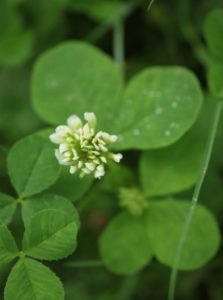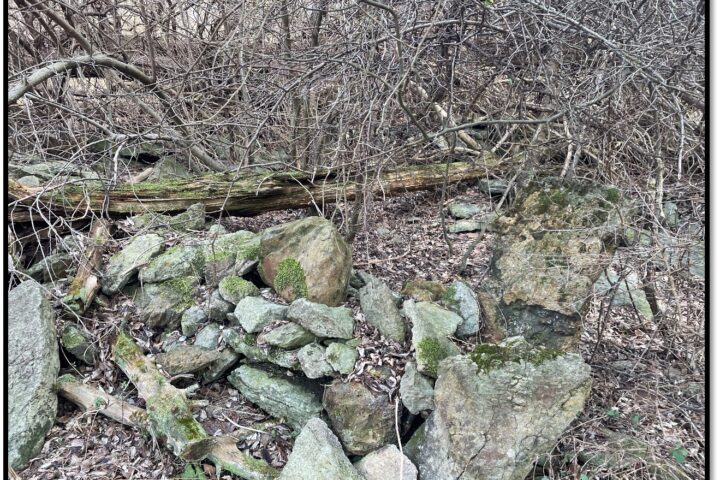
By Cheyenne Moore
Today marks the 17th annual Endangered Species Day. It is a day to declare the importance of endangered species and to remember how fragile biodiversity can be. Let it remind us to be good conservation stewards, especially for the species that need our help.
What is an endangered species? We can consider endangered species at the federal level. In 1973 the Endangered Species Act (ESA) was enacted by Congress. ESA declared that it is the federal government’s responsibility to protect endangered species (species that are likely to become extinct throughout all or a large portion of their range), threatened species (species that are likely to become endangered in the near future), and critical habitat (areas vital to the survival of endangered or threatened species). At the federal level, there are 769 endangered plant species.
We have 274 species in Pennsylvania that are currently considered endangered; of those, 203 are plants. These are our plant species that are at risk of extinction. In Pennsylvania, the DCNR Bureau of Forestry’s mission includes the conservation of native wild plants, so it’s our role to safeguard these species.

Running buffalo clover/Photo credit: USFWS
A handful of PA Endangered Species overlap with species covered by ESA. These include Scirpus ancistrochaetus or northeastern bulrush, Trifolim stoloniferum or running buffalo clover, and Isotria medeoloides also known as the green fiveleaf orchid or small whorled pogonia. On an optimistic note, two of those species (S. ancistrochaetus and T. soloniferum) are on track to being de-listed! We will continue to monitor and closely track them in PA though, because de-listing doesn’t mean a species is “safe,” but it’s on its way!
When you think of endangered species in Pennsylvania you probably think of those just mentioned that are also of national concern or some of our showier plants, examples like northern small yellow lady’s slipper (Cypripedium parviflorum var. makasin), dragon’s mouth (Arethusa bulbosa), passionflower (Passiflora lutea), or dwarf crested iris (Iris cristata), all of which are endangered and rather charismatic.

Northeastern bulrush/Photo credit: PNHP
However, the most represented genera among our endangered plants are Potamogeton (pondweed) with 10 species, Carex (sedges) with 19 species, Eleocharis (spike-rush) with nine species. Although these are not the showiest of genera, they are important parts of our Pennsylvania ecosystems.
So, what makes a species endangered? Often, it’s a combination of factors. Habitat loss and fragmentation, habitat change, harmful non-native competitors, disease and pests, collection by humans, and loss of genetic diversity are all factors that can shrink and even eliminate populations of plants. An important part of our work in safeguarding endangered plant species is identifying why the plant is rare and working to mitigate those issues. This work can include invasive species removal, population augmentation, habitat restoration, among other approaches.
Whether you prefer the showy orchids or the low-key graminoids, celebrate an endangered species today. Celebrate that it’s still here and that we have a chance to help it recover!
Forest Fridays is a feature of the DCNR Bureau of Forestry.




